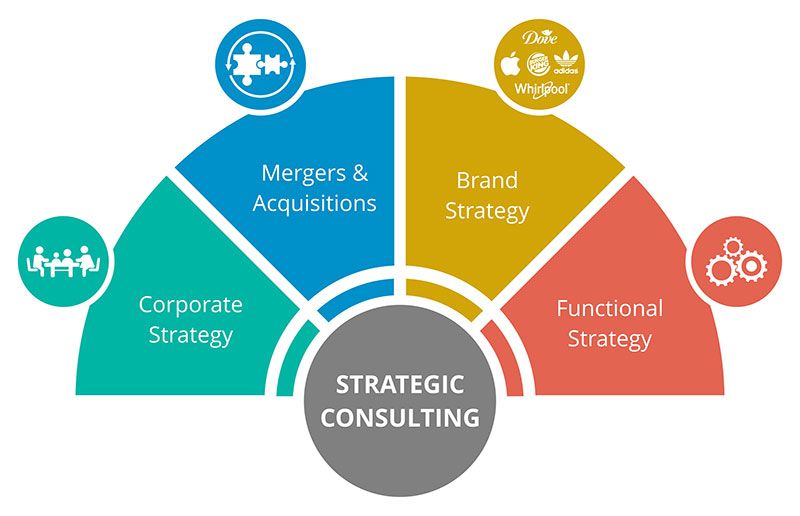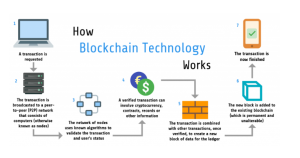
IT Strategy and Consultation play a vital role in today’s digital era where businesses heavily rely on
technology to
meet their objectives. It involves creating a roadmap to align technology initiatives with business goals
and
providing expert advice on adopting the right IT solutions. In this article, we will explore the importance
of IT
strategy and consultation along with some key considerations for implementing a successful IT strategy.
What is IT Strategy?
IT strategy, also known as Information Technology strategy, is a comprehensive plan that defines how
technology
will be utilized to achieve business objectives. It outlines the long-term goals and objectives of an
organization,
identifies the necessary technology investments, and provides guidance for technology implementation,
management, and maintenance.
The Importance of IT Strategy and Consultation
1. Alignment with Business Goals: IT strategy ensures that technology initiatives are closely aligned with
the
overall business goals. It ensures that technology investments are made strategically to enhance
efficiency,
productivity, and competitiveness.
2. Cost Optimization: Effective IT strategy helps in identifying areas of cost optimization by
streamlining
processes, leveraging the right technology solutions, and reducing unnecessary expenses. It enables
businesses to
make informed decisions and allocate resources effectively.
3. Risk Management: IT strategy enables businesses to identify and mitigate potential risks. It includes
measures
for data security, disaster recovery, and compliance with regulatory requirements. By having a
well-defined IT
strategy, businesses can reduce the impact of potential risks and ensure continuity of operations.
4. Enhanced Decision Making: IT strategy provides decision-makers with accurate and timely information
that
enables them to make informed decisions. It enables data-driven decision making, improves operational
efficiency,
and allows businesses to stay ahead of competitors.
5. Technology Adoption: IT strategy provides a roadmap for adopting new and emerging technologies. It
helps
organizations stay updated with the latest advancements and leverage technology to gain a competitive
edge.
6. Scalability and Flexibility: A well-defined IT strategy enables businesses to scale their IT
infrastructure as
per their evolving needs. It ensures that technology systems are flexible enough to adapt to changing
business
requirements, ensuring long-term sustainability.
7. Improved Customer Experience: IT strategy and consultation help organizations to identify and
implement
technology solutions that enhance the overall customer experience. By leveraging technology, businesses
can
personalize customer interactions, improve service delivery, and build long-term customer
relationships.
Considerations for Implementing a Successful IT Strategy
1. Understanding Business Objectives: It is essential to have a clear understanding of the business
objectives
and how technology can contribute to achieving them. This ensures the IT strategy is aligned with the
overall
organizational goals.
2. Stakeholder Engagement: Involving key stakeholders from different departments and levels within
the
organization is crucial for the success of an IT strategy. Their perspectives and insights can help in
identifying business needs and challenges.
3. Regular Assessment and Evaluation: IT strategy should be regularly assessed and evaluated to
ensure it
remains aligned with changing business needs and technology trends. Regular monitoring helps in
identifying
gaps and making necessary adjustments.
4. Collaboration with IT Experts: Seeking consultation from experienced IT professionals and
consultants can
provide valuable insights and guidance throughout the IT strategy implementation process. Their
expertise
helps in making informed decisions and avoiding potential pitfalls.
5. Change Management: Implementing a new IT strategy often requires changes to existing processes and
workflows. Effective change management practices should be adopted to ensure a smooth transition
and
minimize resistance from employees.
6. Training and Development: Providing adequate training and development opportunities to employees
is
crucial for successful IT strategy implementation. It helps them adapt to new technologies, enhances
their
skills, and improves overall efficiency.
7. Continuous Improvement: IT strategy should not be seen as a one-time activity but an ongoing
process.
Regular assessments, feedback, and improvements should be made to ensure the strategy remains current
and
effective.
Conclusion
Implementing an effective IT strategy and seeking professional IT consultation are critical for
businesses to
thrive in today’s technology-driven world. By aligning technology initiatives with business goals,
optimizing costs, managing risks, and improving decision-making, IT strategy plays a significant role
in
enhancing organizational performance and maintaining a competitive edge. It is essential to
prioritize IT
strategy and consultation as part of the overall business strategy to ensure long-term success.

